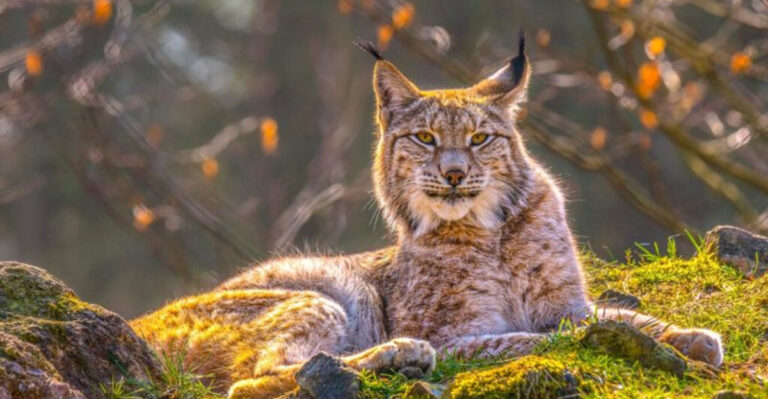World Bee Day: Celebrating The Amazing Diversity Of Bee Species Around The Globe
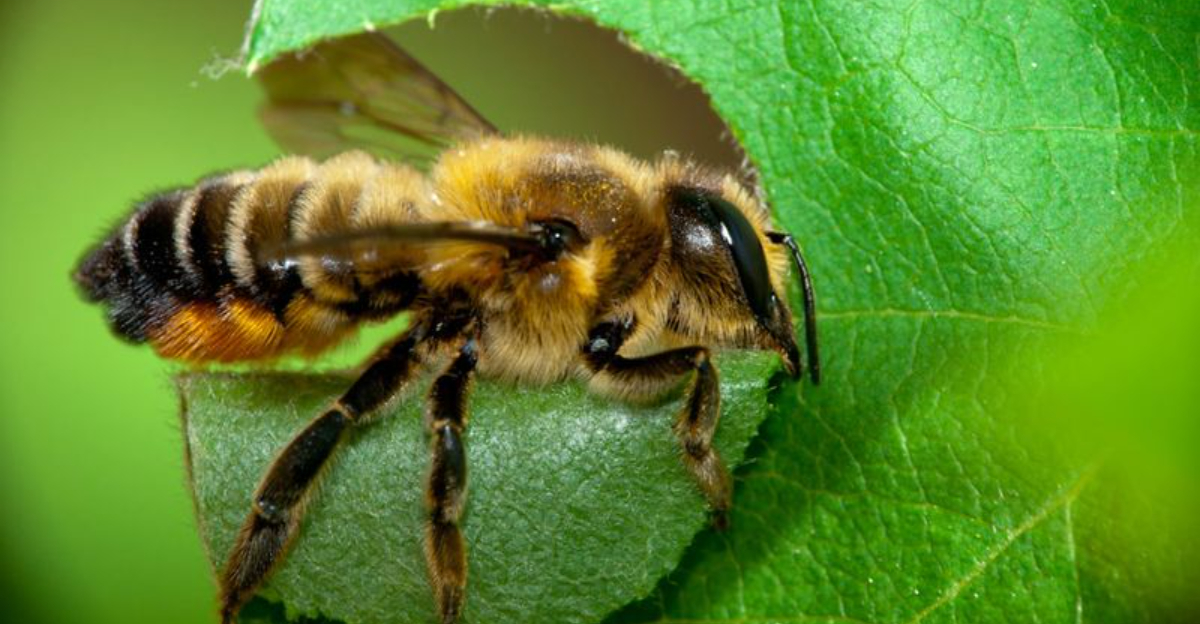
Buzz! Did you know there are over 20,000 different kinds of bees living on our planet? These incredible insects do much more than just make honey – they help grow about one-third of all the food we eat by moving pollen between flowers.
On World Bee Day, let’s explore some of the most fascinating bee species that make our world a better place!
1. Blue Orchard Mason Bees
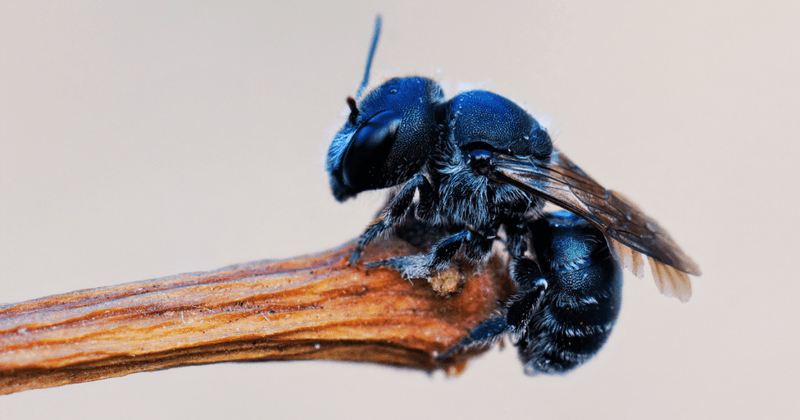
Ever seen a bee with a metallic blue shine? Mason bees sparkle in the sunlight while working twice as hard as honeybees at pollinating fruit trees. These gentle insects don’t make honey or live in hives.
Instead, they create homes in hollow stems or tiny holes in wood. The best part? They rarely sting, making them perfect garden friends!
2. Giant Honey Bees
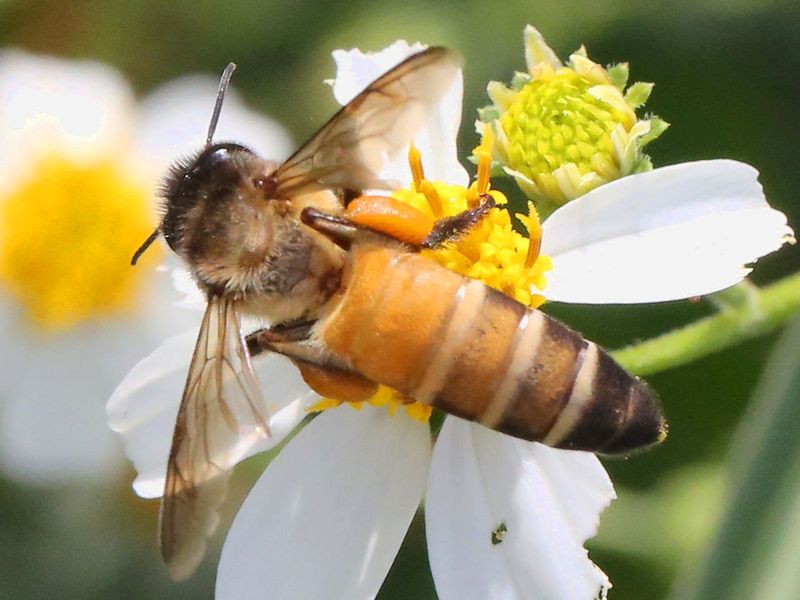
Hanging from branches in massive curtain-like hives, Giant Honey Bees build their homes in the open air across Asia. When threatened, these brave insects perform a mesmerizing wave dance, rippling through thousands of bees to scare away predators.
A single colony can make up to 100 pounds of honey and migrate over 100 miles seasonally!
3. Stingless Meliponini
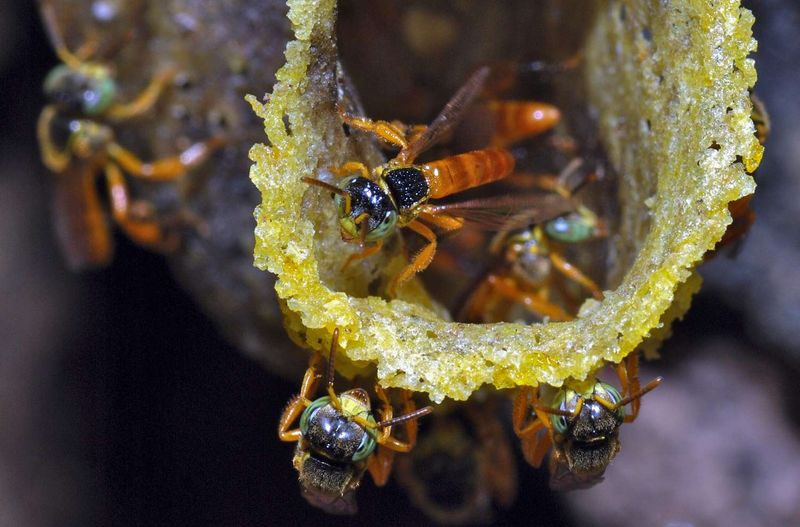
No stinger, no problem! These tiny tropical bees might be small, but they pack a flavor punch. Their rare honey—stored in special wax pots instead of combs—is prized as medicine in many cultures.
Ancient Mayans considered these bees sacred and still keep them in traditional log hives. Some species are so tiny they could land on a pencil tip!
4. Carpenter Bees
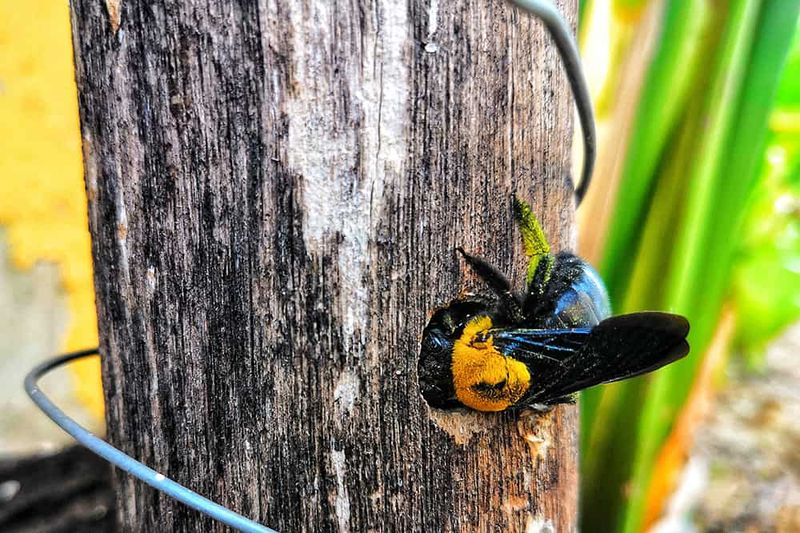
Forget power tools! Carpenter bees can drill perfect tunnels through wood using just their mouths. Males sport impressive yellow faces and buzz loudly, but couldn’t sting you if they tried.
Female carpenters create elaborate nursery tunnels for their babies, complete with individual rooms stocked with pollen “lunch boxes.” Their recycled nests can house bee families for generations!
5. Leafcutter Bees
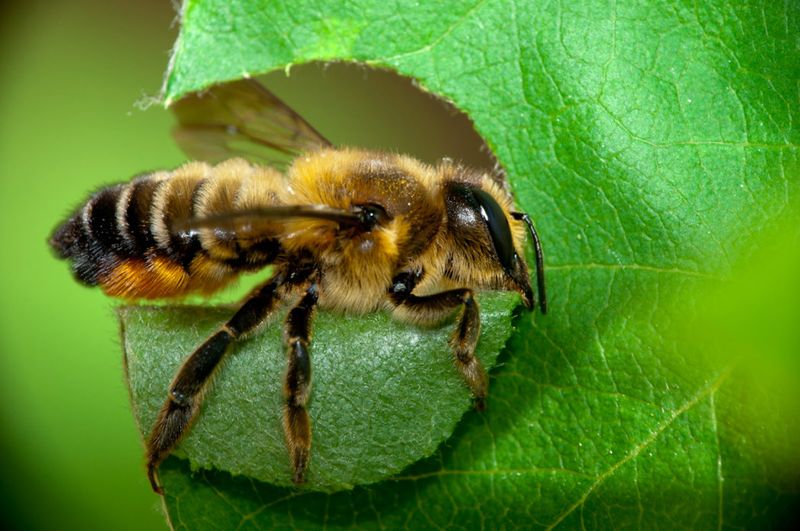
Armed with jaws like scissors, leafcutter bees snip perfect circles from plants to wallpaper their homes. These solitary artists roll leaf pieces into tubes, creating cozy nurseries inside hollow stems or cracks.
Look for their handiwork in garden roses with neat circular cutouts. Despite carrying leaves like tiny green backpacks, they’re amazing pollinators for vegetables and wildflowers!
6. Squash Bees
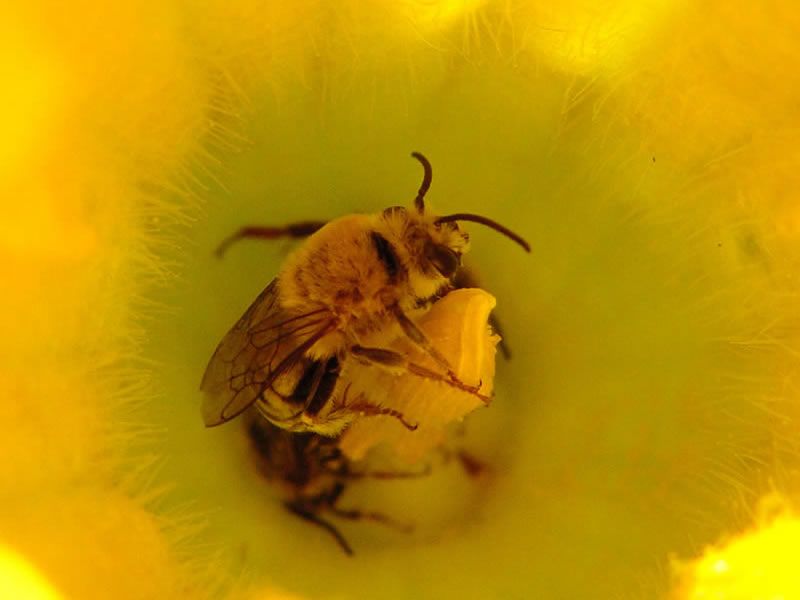
Rise and shine! While most folks are still sleeping, squash bees are already hard at work. These pumpkin patch specialists evolved to collect pollen specifically from squash, melon, and cucumber flowers that close by noon.
Male squash bees often sleep inside closed blossoms! Without these dawn-patrolling pollinators, we’d have far fewer pumpkins for Halloween and zucchini for summer meals.
7. Orchid Bees
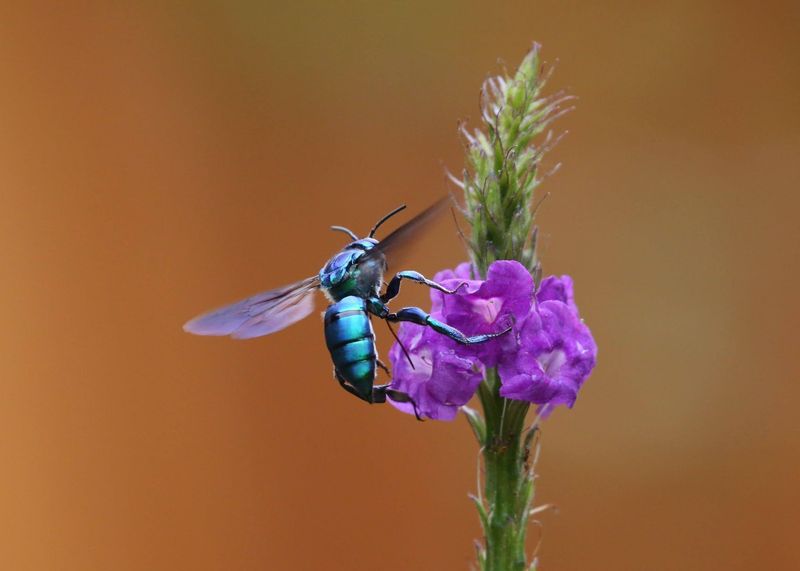
Shimmering like living jewels, male orchid bees zoom through rainforests collecting scents to attract mates. These metallic green, blue, or gold beauties gather fragrant oils from orchids, storing them in special leg pouches to create their signature cologne.
This fancy perfume-making helps rare orchids reproduce! Some orchids evolved flowers that only these spectacular bees can pollinate.
8. Bumblebees
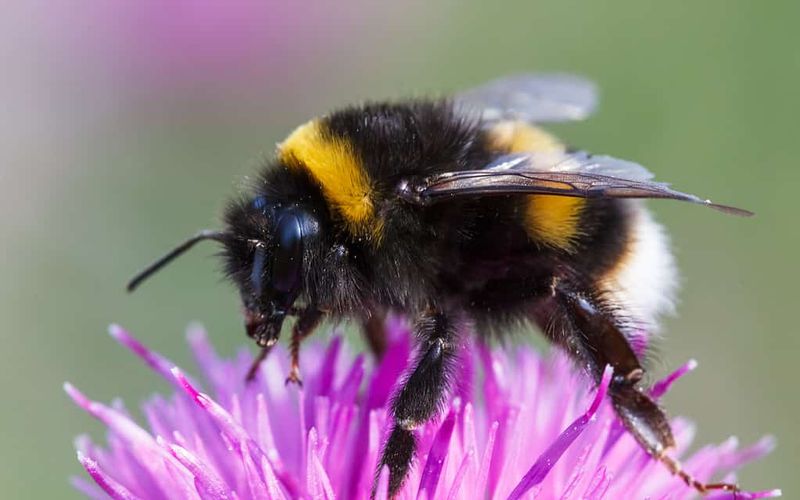
Wrapped in their fuzzy insulated coats, bumblebees can fly in temperatures that ground other insects. Their built-in heating system lets them shake their flight muscles to warm up—like shivering—even in near-freezing weather!
These gentle giants use “buzz pollination,” vibrating flowers to release pollen that other bees can’t reach. Without them, we’d have no blueberries or tomatoes!
9. Sweat Bees
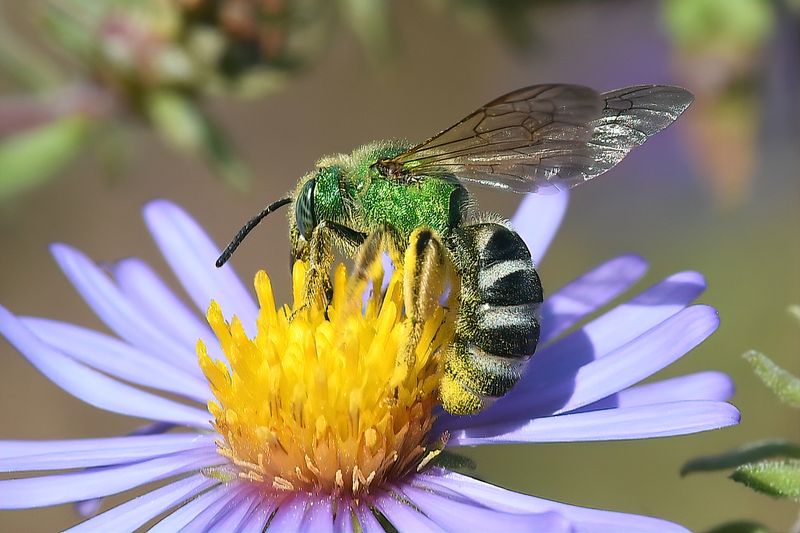
Feel a tiny tickle on sweaty skin after playing outside? Might be a sweat bee sipping your salty perspiration! Don’t worry—these rainbow-colored mini-bees rarely sting unless squeezed.
Some species shine with metallic green that would make a sports car jealous. Despite being smaller than a grain of rice, these mighty pollinators help wildflowers and crops thrive across six continents!
10. Western Honey Bees
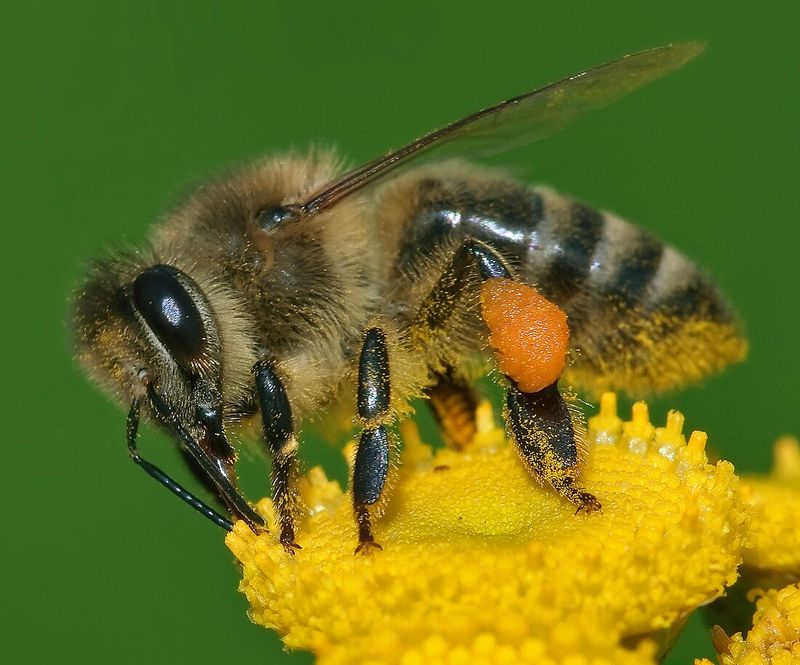
Dancing to give directions? Western honey bees perform wiggling “dances” to tell hivemates exactly where to find flowers! A single worker visits 2,000 flowers daily and beats its wings 11,400 times per minute.
Their portable wax homes let beekeepers move them wherever crops need pollination. Though they get all the fame, they’re actually newcomers to North America—European settlers brought them over in the 1600s!
11. Wool Carder Bees
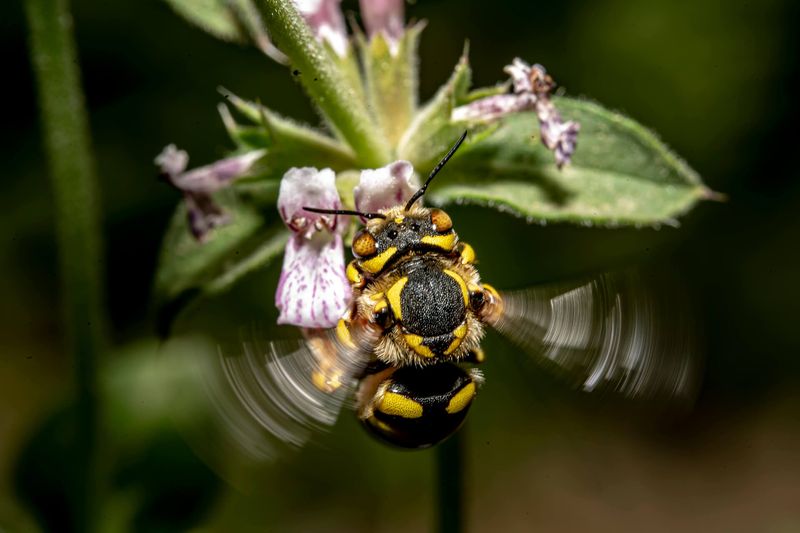
Male wool carder bees act like tiny nightclub security guards of the flower world! These territorial insects patrol patches of flowers, chasing away other pollinators with aggressive tackles and body slams. They’ve even been spotted knocking bumblebees out of the air!
The females have a gentler purpose, collecting plant fuzz to build soft, woolly nests in cavities. Using their specialized teeth, they scrape fuzzy leaves to gather the perfect building material.
With striking yellow and black stripes, these bees look dangerous but rarely sting humans. Their fascinating behavior makes them garden celebrities among bee enthusiasts who enjoy watching the males’ dramatic aerial defense tactics.
12. Vulture Bees
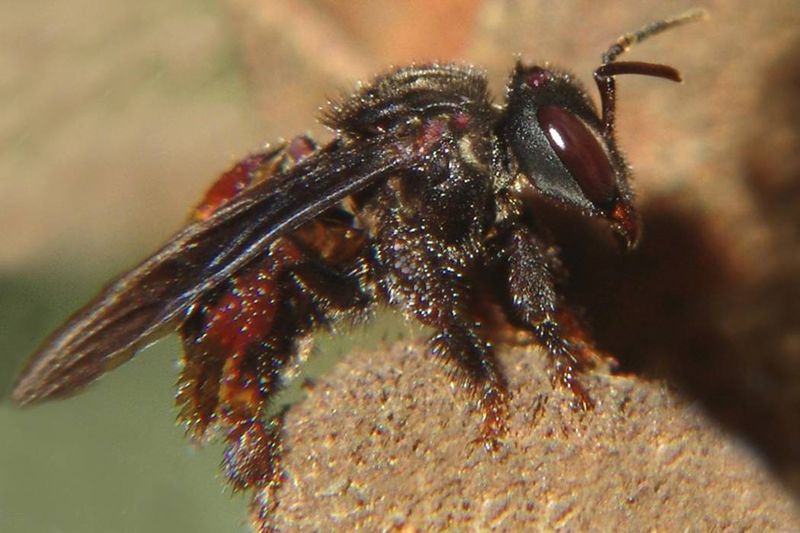
Forget flowers—these bizarre bees prefer rotting flesh! Found in tropical forests of South and Central America, vulture bees have evolved to eat meat instead of pollen. Their specialized gut bacteria help them digest protein from dead animals, making them the only carnivorous bees on Earth.
When they discover a carcass, they use special mouth parts to slice off tiny bits of meat, which they carry back to their hives. There, they transform the meat into a substance similar to honey—though you definitely wouldn’t want it on your toast!
Scientists study these unusual bees to understand how their digestive systems adapted from plant-eating to meat-consuming over evolutionary time.
13. Diadasia Bees
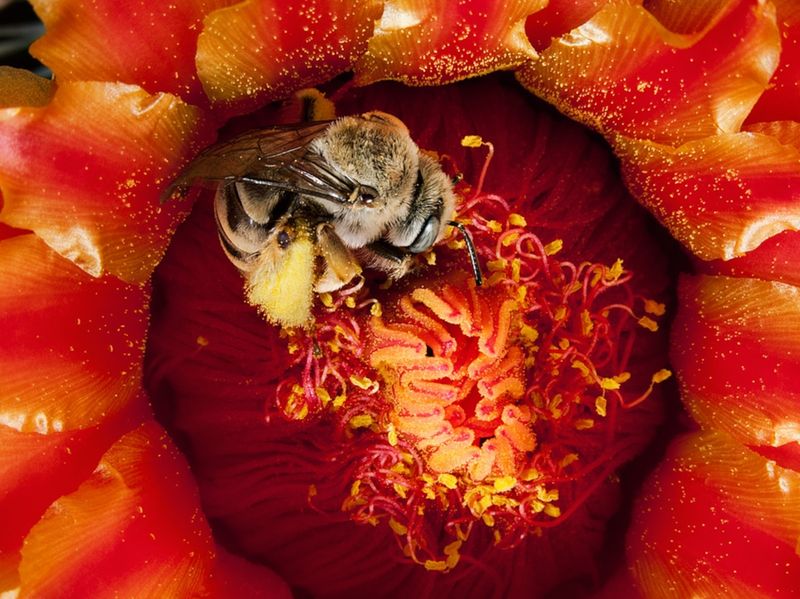
“Without us, deserts would be a lot less prickly!” That could be the motto of Diadasia bees, nicknamed “cactus bees” because they’re specialized pollinators of cacti in North American deserts. These solitary, ground-nesting bees emerge from their burrows precisely when cactus flowers bloom.
Their timing is so perfect it seems magical! Some species wake up just for the one-day flowering of specific cacti. Female Diadasia collect bright orange pollen, carrying enormous loads that make them look like they’re wearing puffy orange pants.
Cactus fruits enjoyed by humans and wildlife depend entirely on these specialized bees. Without them, many desert ecosystems would dramatically change as cacti would struggle to reproduce.
14. Mining Bees
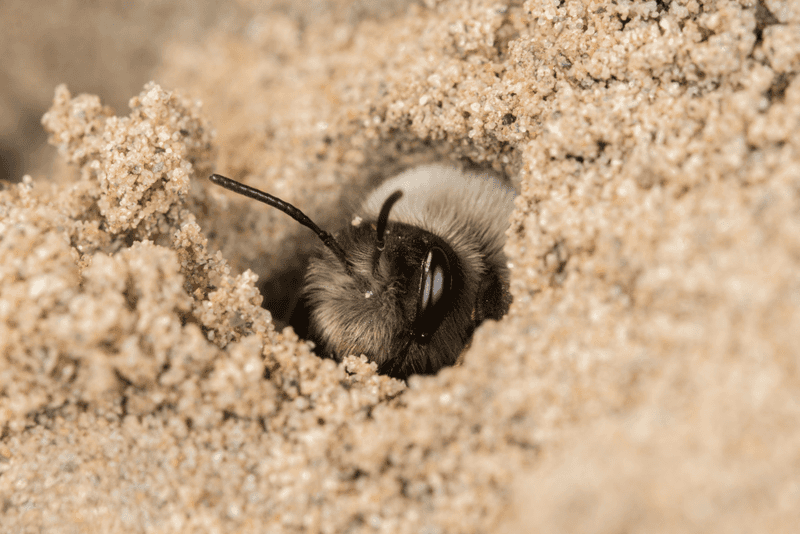
Hidden beneath our feet, mining bees create elaborate tunnel systems that would make any architect jealous! These solitary bees dig individual nest tunnels in bare soil, often leaving tiny volcano-like mounds as the only evidence of their homes.
Unlike their hive-dwelling cousins, each female mining bee builds and provisions her own nest without help from worker bees. Their fuzzy bodies come in surprising colors—some species sport bright orange hair while others shimmer with metallic green bands.
Mining bees are extremely gentle and rarely sting, making them fantastic garden neighbors. They emerge in early spring when few other pollinators are active, providing crucial pollination services for early-blooming fruit trees and wildflowers.
15. Blue-Banded Bees
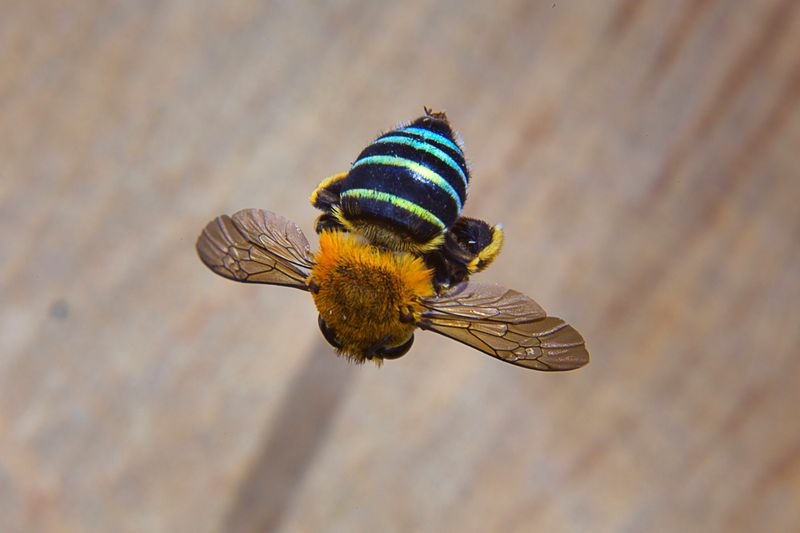
“Buzz pollination” might sound like a kids’ game, but for blue-banded bees, it’s their superpower! These striking Australian natives vibrate their flight muscles at such high frequencies that they literally shake pollen loose from flowers—a technique called sonication that many other bees can’t perform.
With metallic blue stripes crossing their abdomens, these bees look like they’re dressed for a cosmic disco. Unlike honeybees that live in massive colonies, blue-banded bees prefer the bachelor lifestyle, with males often sleeping by clamping their jaws onto plant stems.
Tomato and eggplant farmers adore these bees because they’re champion pollinators of these tricky crops that need that special buzz treatment to produce fruit effectively.






